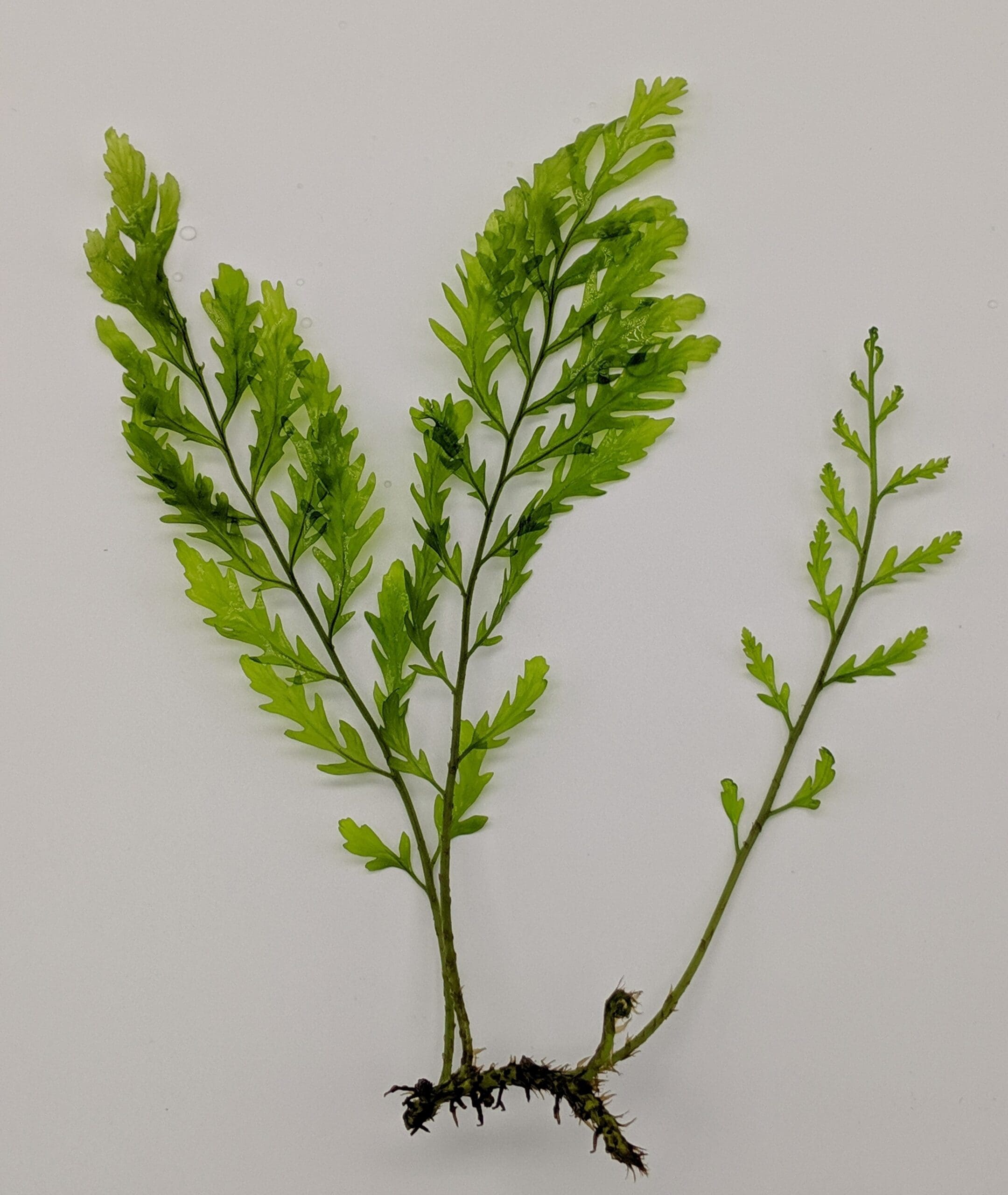In the realm of aquatic vegetation, you may have unwittingly overlooked an integral player – the African Water Fern. Native to Africa and characterized by its vibrant green foliage and intricate feather-like fronds, this aquatic gem has a host of properties that differentiate it from its counterparts. As you explore this article, you will develop an understanding of the African Water Fern’s distinctive biological characteristics, survival mechanisms, and the role it plays within its ecosystem.
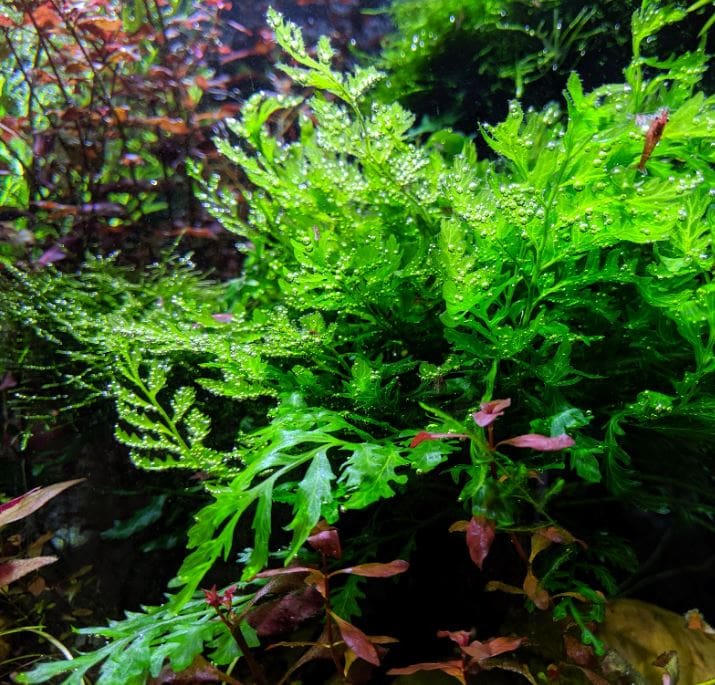
Basic Description of African Water Fern
The African Water Fern is a perennial, aquatic plant that holds aesthetic and ecological significance in diverse water bodies. Amidst its various intriguing characteristics, its biological classification extends substantially to feed botanic curiosity.
The African Water Fern’s botanical name
Scientifically, the African Water Fern is known as Bolbitis heudelotii. The species was named after the French botanist Jean-Pierre Heudelot who had a keen interest in plants from Africa.
Physical characteristics of the plant
In appearance, the African Water Fern is a robust plant with distinctly lance-shaped fronds that lengthen to form delicate, leathery leaves. It possesses bottle-green foliage, presenting an attractive contrast against its fairly dark brown stem. These fronds often reach a height of about 15-30cm, growing in a pleasingly diffuse pattern that renders it a characteristic fern-like appearance.
Origin and distribution
Originally, the African Water Fern is native to tropical Africa, where it naturally populates freshwater habitats. Its distribution has, over time, grown quite wide, extending beyond its endemic regions to other parts of the world where it is typically maintained in aquariums or ornamental ponds.
African Water Fern’s Habitat
The habitat of the African Water Fern provides intriguing insights into its ecology and biological makeup.
Typical environment in which it thrives
Naturally, the African Water Fern thrives in still or slow-moving freshwater bodies like ponds, lakes, and streams. Its preference lies in shaded areas beneath canopies where it’s relatively insulated from intense sunlight.
Water temperature and pH level requirements
This fern is tolerant of a wide range of water temperatures, typically between 20-28°C. It is also adaptive to slightly acidic to neutral pH levels, approximately from 6.0 to 7.5.
Light requirements
While the African Water Fern can handle considerable amounts of light, it significantly favours shaded or semi-shaded areas. Bright, direct sunlight may cause the leaves to become pale and suffer damage.
Substratum preferences
In its natural environment, this fern is often seen attached to rocks, logs, or other submerged structures in the water body. Its roots, which are equipped to draw nutrients directly from the water, do not necessarily need soil to survive.
The Role of African Water Fern in the Ecosystem
The African Water Fern’s role extends beyond its captivating aesthetics in various artificial and natural ecosystems.
Its significance to the aquatic ecosystem
In the aquatic ecosystem, the African Water Fern acts as an excellent water purifier, contributing to the maintenance of water quality. It absorbs excess nutrients and pollutants from the water, thereby aiding in the reduction of harmful algae blooms.
Interaction with fish and other aquatic animals
This fern also provides a perfect hiding place for juvenile fish, shrimps, and other small aquatic invertebrates. This gives them protection from predators and also offers a breeding ground, thus fostering their survival and proliferation.
Its importance to water clarity and quality
As it absorbs nutrients from the water, the African Water Fern indirectly aids in water clarity. By competing for nutrients, it limits algal growth which could otherwise cloud the water and degrade its quality.
The Life Cycle of the African Water Fern
Understanding the life cycle of the African Water Fern gives an insight into its reasons for being considered a robust and adaptive plant.
Asexual reproduction through adventitious roots
Asexual reproduction is a dominant mode through which the African Water Fern multiplies. New plantlets sprout from adventitious roots on older leaves, which then develop into new fronds once they detach and sink to the water bottom.
Sexual reproduction via spore formation
Although not frequent, sexual reproduction is also possible, with spores forming on the under-surface of mature fronds. The generated spores can only germinate under optimal ecological parameters, which are rarely found in common habitats.
Growth rate and lifespan
The African Water Fern has a relatively slow growth rate compared to other aquatic plants. However, it makes up for this with a long lifespan extending into several years.
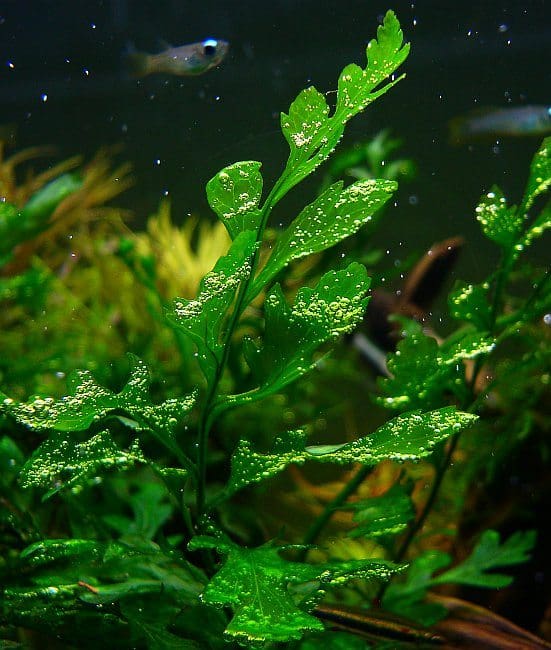
Planting and Care of African Water Fern
Proper planting and care can maximise the aesthetic potential of the African Water Fern in aquariums or ponds.
Positioning in the aquarium or pond
This fern should ideally be positioned in shaded or semi-shaded areas to prevent its leaves from turning pale due to exposure to intense light. It can be attached to rocks, driftwood, or other suitable materials and does not require being planted in substrate.
Water parameters: temperature, pH, and hardness
It thrives in tropical water temperatures of 20-28°C, slightly acidic to neutral pH levels (6.0-7.5), and general-to-medium hardness. Regular water changes and maintenance of these parameters can help ensure its optimal growth.
Lighting and nutrient requirements
While able to tolerate fair amounts of light, it prefers shaded conditions. In terms of nutrients, it requires a high level of nitrate, phosphate, potassium, and microelements. Carbon dioxide injection can aid in faster growth.
Tips on pruning and propagation
The African Water Fern grows by adding new leaves from its top. Thus, old or damaged leaves at the bottom should be pruned to encourage new growth and maintain beauty. Propagation is simple. When the baby plants grow to a size of about 5cm, they can be cut off and relocated to another location if desired.
Common Diseases and Pests of African Water Fern
Like many other plant species, the African Water Fern can also fall prey to certain diseases and pests.
Signs of an unhealthy African Water Fern
Discoloured or pale leaves are often a sign of an unhealthy plant. Black spots can also indicate illnesses or nutrient deficiencies.
Common diseases and their causes
One common issue is known as “black spot disease”, which appears as small black or brown spots on the leaves. This is usually caused by a lack of necessary nutrients or exposure to intense light.
Preventive measures and treatment options for common pests and diseases
Frequent inspection, maintaining proper lighting and nutrient levels, and regular pruning can help prevent pest and disease issues. Treatments can include adjusting lighting conditions and supplementing with necessary nutrients.
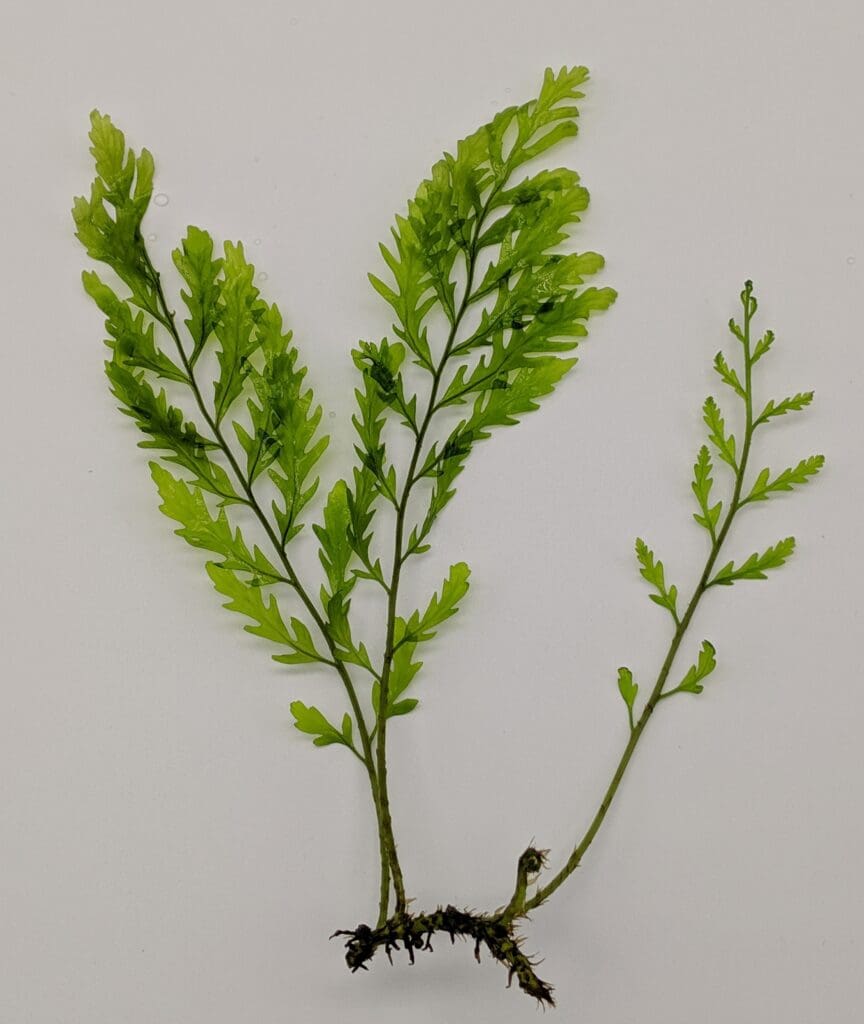
African Water Fern in Aquariums
Despite its slow growth, the African Water Fern is a great addition to aquariums due to its beautiful, contrasting foliage and low maintenance requirements.
Benefits of adding African Water Fern in aquarium
Aside from aesthetic benefits, the African Water Fern also contributes to cleaning the aquarium water by absorbing excess nutrients. Its thick growth provides shelter and breeding ground for fish and other aquatic species.
Tips for maintenance in an aquarium setting
Maintenance of the African Water Fern in aquariums entails regular pH checks, water changes, light adjustment, and fertilization. Its adventitious roots can be tied to rocks or driftwood to replicate its natural habitat.
Compatibility with common aquarium fish and plants
The African Water Fern generally gets along well with common aquarium fish species, especially those that prefer subdued lighting. This fern can also cohabit harmoniously with low-to-moderate light requiring plants and many other ornamental aquatic plant species.
Uses of African Water Fern
The African Water Fern’s uses extend beyond just being an ornamental plant.
Role in ornamental water gardens and aquariums
With its vibrant green color and unique fronds, the African Water Fern is a popular choice for water gardens and aquariums. It beautifies these settings and provides safe havens for aquatic fauna.
Use in phytoremediation
Due to its ability to absorb pollutants and excess nutrients from water, the African Water Fern is also a good candidate for phytoremediation projects, helping to clean up polluted water bodies.
Cultural and historical uses
In terms of cultural importance, various traditional societies in Africa have considered ferns, including the African Water Fern, as symbols of good luck and prosperity.
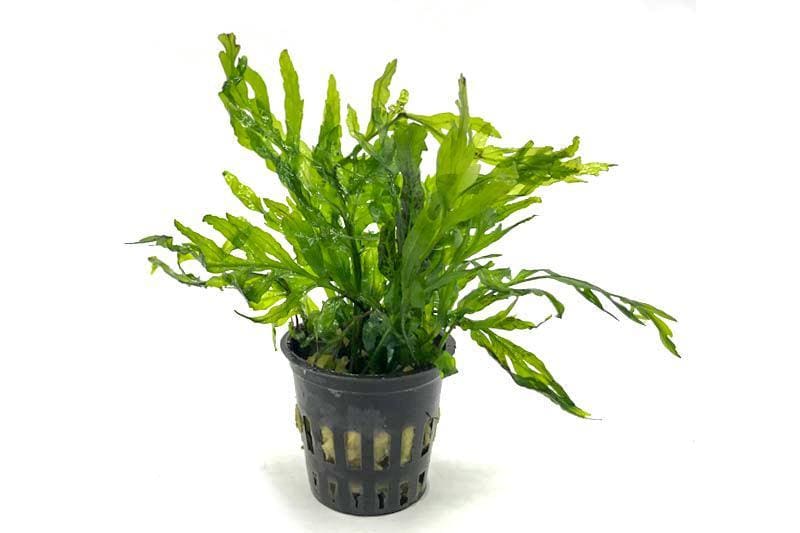
Potential Threats to African Water Fern
Various factors can pose threats to the African Water Fern.
Impacts of climate change
Rising global temperatures, precipitation changes, and increased incidents of extreme weather events due to climate change could pose significant threats to the survival and distribution of the African Water Fern.
Invasive species that threaten the African Water Fern
Invasive plant species that out-compete the fern for resources, and certain pests or diseases, can also threaten its existence.
Effect of human activities
Human activities such as pollution, over-harvesting for aquarium trade, habitat destruction, and alteration of water bodies can impact the fern adversely.
Conservation Efforts For The African Water Fern
Various interventions are necessary to conserve this delicate yet important plant species.
Efforts by governments and NGOs
Governmental organizations, NGOs and other environmental agencies are implementing measures to check the effect of invasive species, pollution, and climate change on the fern.
Conservation status
While the conservation status of the African Water Fern is not definitively known, it remains critical to ensure its protection, given its ecological and aesthetic value.
Personal efforts to conserve the plant
Simple steps like responsible harvesting for personal or commercial purposes, avoiding the release of the plant into non-native water bodies, and general environmental conservation practices can contribute significantly to the plant’s conservation.
In conclusion, the African Water Fern is an aesthetically pleasing and ecologically significant plant. Despite facing threats from climate change, invasive species, and human activities, it presents considerable resilience and adaptability. Continued research, responsible cultivation, and active conservation efforts are required to preserve and appreciate the profound beauty and ecological utility of this unique plant in its natural and ornamental habitats.

